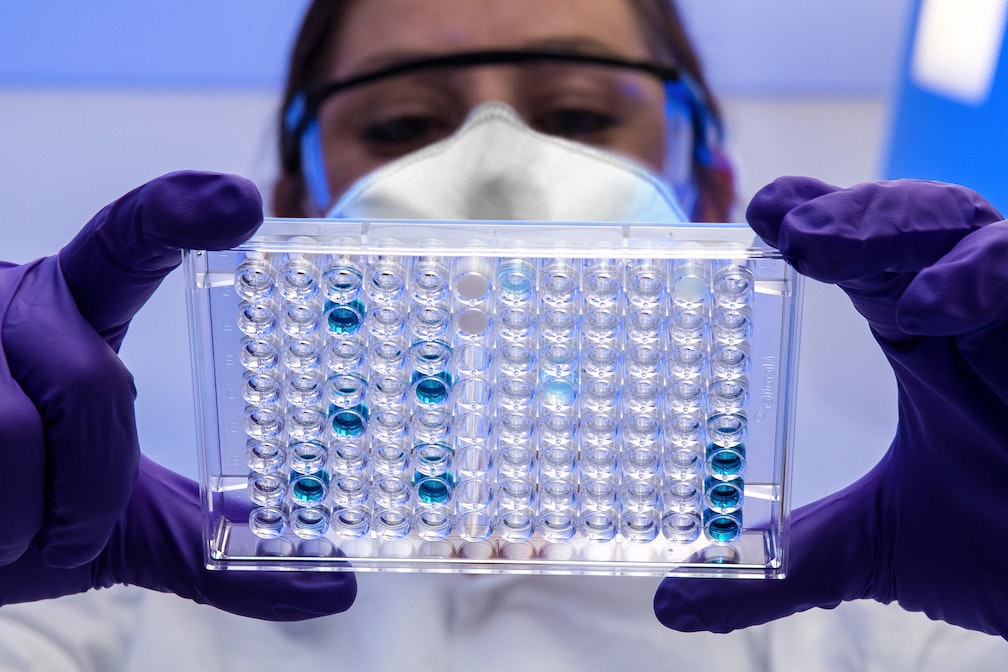Scientists add 'invisible fibre' to foods

Scientists have converted native starches, such as cassava, wheat and maize, to dietary fibre that can be added to foods to make them healthier without changing its texture, colour or taste.
Researchers at RMIT University worked with Microtec Engineering Group, a technology-based engineering company that supplies starch processing equipment, to develop the starch-based product, called FiberX, which resists digestion in the human gut, just like fibre.
Not only is FiberX smooth and tasteless, but it’s also suitable for fortifying low-calorie and low-GI foods and can be gluten free, or for adding to low-fibre foods such as white bread, cakes, pasta, pizza and sauces to make them healthier.
Project lead from RMIT’s Food Research and Innovation Centre, Associate Professor Asgar Farahnaky, and his team used advanced starch modification technology with approved food grade materials to create what they describe as ‘invisible fibre’.
“We can now add extra fibre to foods like white bread and other staples without changing the taste or texture, which has been one of the main issues with many commercially-available fibre supplements to date,” he said. "Our product is not even noticeable once added. It’s just like a parent hiding vegetables in a child’s meal to make it more nutritious.”
Fibre is a type of carbohydrate that is not digested in the human gut and can help improve the health and function of our digestive system. It can also help prevent obesity, type 2 diabetes and reduces the risk factors of some cardiovascular diseases.
Increasing the fibre content of food products by more than 10-20% while also maintaining pleasant taste and texture is a challenge across the food industry. Current foods with added fibre can have a tough texture or different flavour to the original product.
As part of the research, Farahnaky's team conducted taste tests and texture analysis on bread and cakes with varying amounts of added FiberX. They found they were able to add up to 20% fibre to food while maintaining the original taste and texture of the product.
“This new technology means we can increase the amount of fibre that goes into the food so we can receive our recommended daily intake, even while consuming less foods, which has potential to help with weight management and diabetes,” he said.
Co-researcher and Vice-Chancellor's Senior Research Fellow, Dr Mahsa Majzoobi, said the structure of starch was modified on a molecular level and tested to see how it reacted with digestive enzymes.
“Once the resistant starch goes through this process, it needs to have high levels of resistance to be counted as a successful conversion to dietary fibre,” she said.
Using this new technology, the team can convert more than 80% of starch into dietary fibre, Dr Majzoobi said.
FiberX was tested using internationally approved methods at RMIT and the accredited Australian Export Grains Innovation Centre.
Prof Farahnaky said his team were now looking at the next phase of FiberX technology, which will use green alternatives to convert starch to fibre.
He said beyond the health benefits, FiberX technology also had the potential to improve supply-chain challenges, reduce food waste and increase local jobs. “Australia currently exports large amounts of grain for creating value-added products, such as plant-based meat. We then have to import these products back to Australia and wait for them if there are delays in the supply chain, as we saw with COVID. Instead of growing and exporting more grains, we should be using existing grains to create value-added products here in Australia.”
With the help of Microtec, FiberX technology is now ready for the food industry to use for large-scale production of dietary fibre.
“This new technology will enable the production of dietary fibre using a cost- and energy-effective process at a large scale,” Prof Farahnaky said. “Scaling this technology will mean the food industry will have access to large quantities of invisible dietary fibre at an affordable price to provide high-fibre foods to consumers.”









